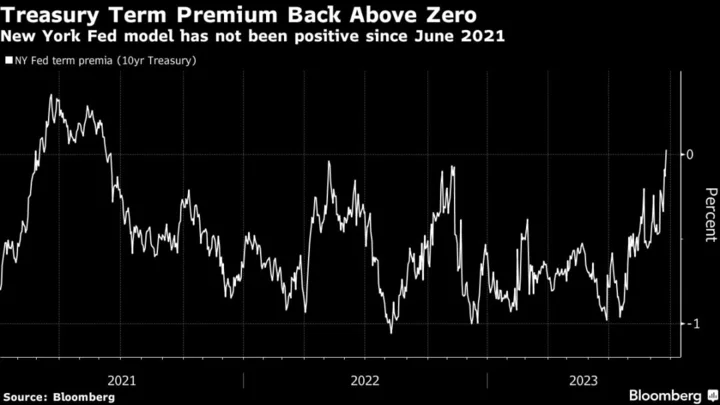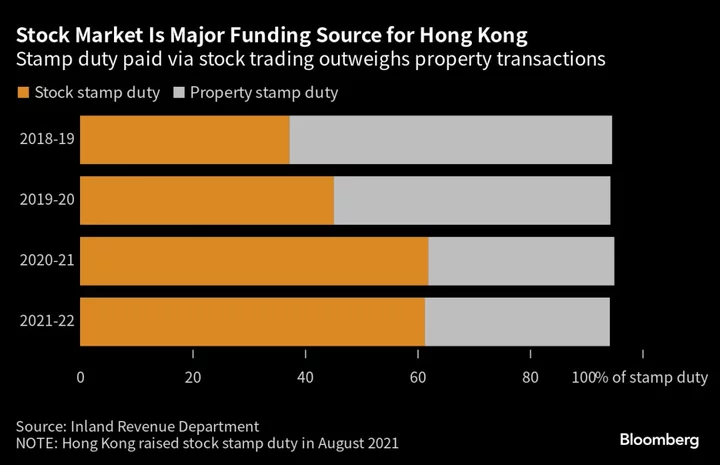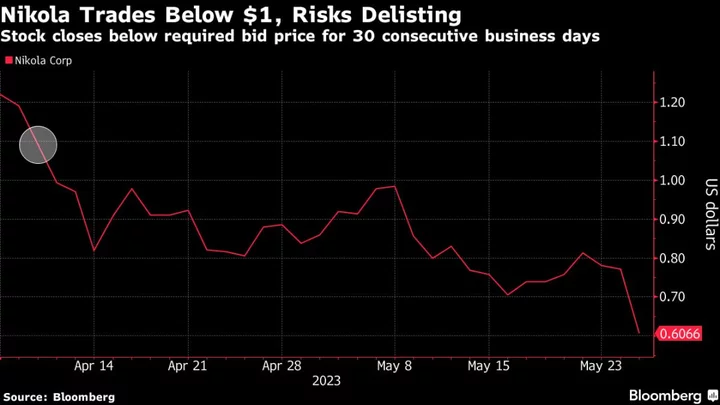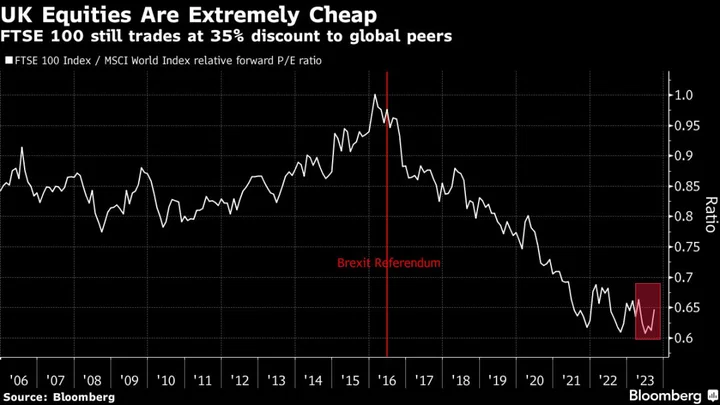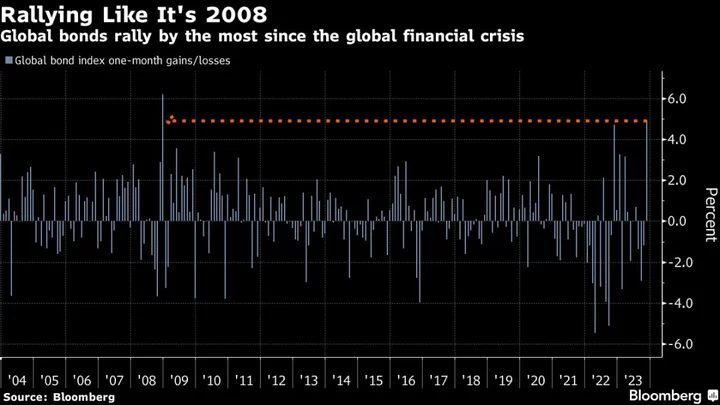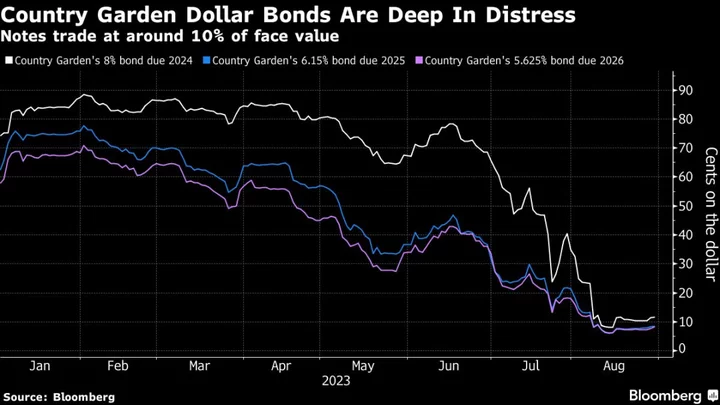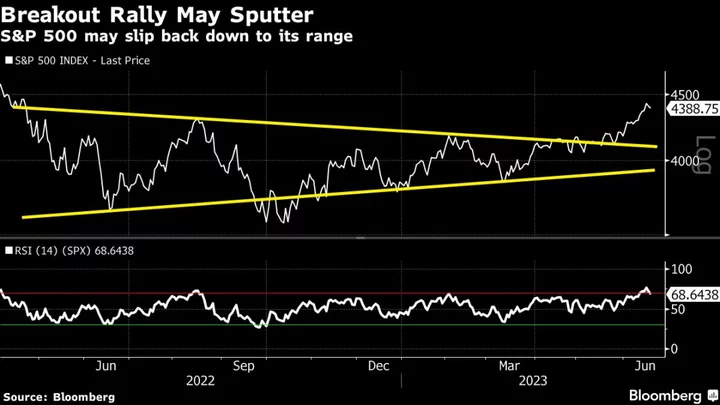A key measure of how much bond investors are compensated for holding long-term debt turned positive for the first time since June 2021, reflecting steep increases in longer-maturity Treasury yields.
The Federal Reserve Bank of New York’s gauge of the 10-year term premium became positive on Monday, after having been negative for most of the past seven years. The index estimates the amount by which Treasury yields exceed the expected path of short-term rates.
The US yield curve is steepening on expectations that the Fed is nearly done raising its policy rate, with the 10-year Treasury yield exceeding 4.5% for the first time since 2007. The trend has been aided by growth in the supply of US debt to finance wide government deficits.
“In the US there is more risk of a higher term premium” based on fiscal policy, said Jean Boivin, a former Bank of Canada official who now heads the BlackRock Investment Institute. “The risk of holding long-dated bonds is higher.”
The premium had reached a generational low of -1.67% in 2020 — partly due to declining inflation that made investors willing to accept lower long-term yields. For much of the period since 2016, it was also contained by Fed purchases of government bonds as a component of its monetary policy.
The gauge reverted to positive for several months during 2021 at a point when economic optimism pushed longer-maturity yields higher. The term premium then eroded as anticipation of US interest-rate increases, that began in March 2022, pushed short-term yields higher relative to longer-term ones.
In the Treasury market, rising yields on inflation-protected securities and nominal ones show that the demand for more compensation arises less from inflation outlook, than from assumptions about the risk-free rate given economic conditions and increased debt supply.
--With assistance from Garfield Reynolds.

